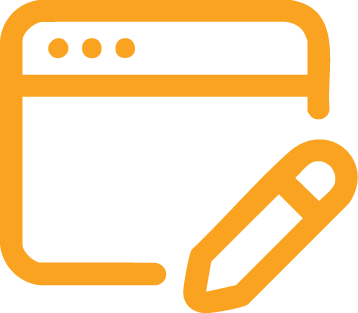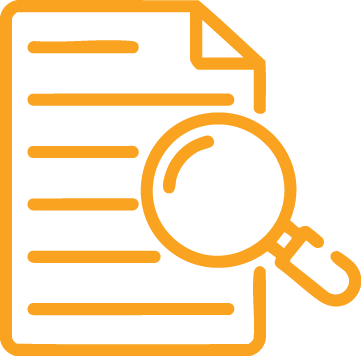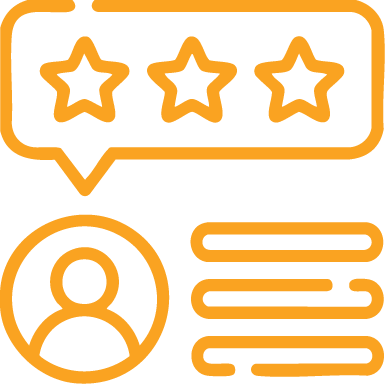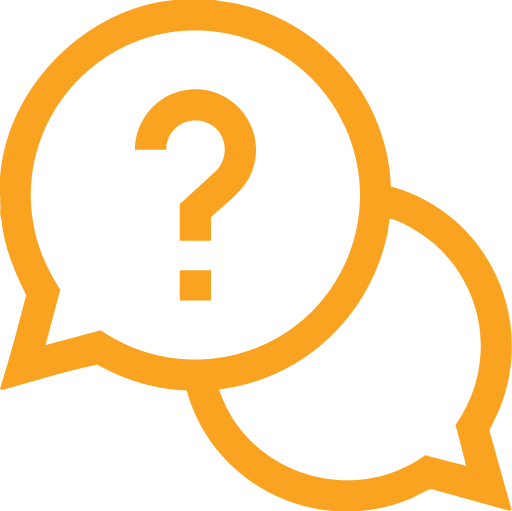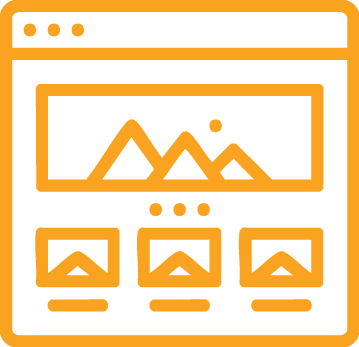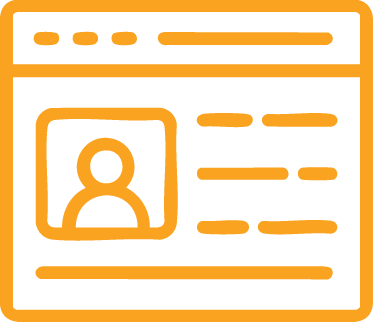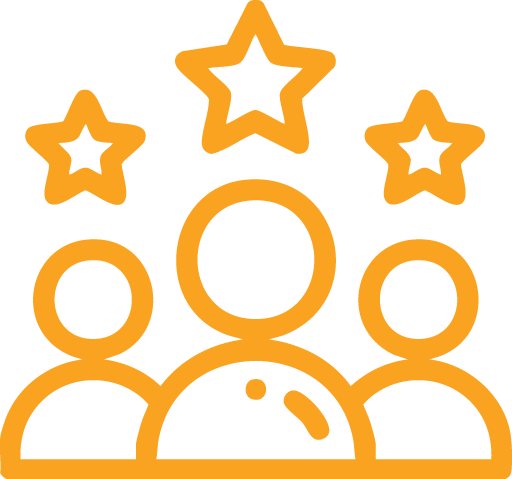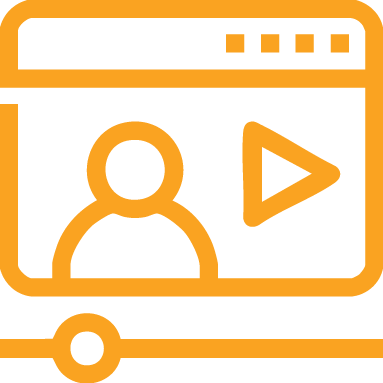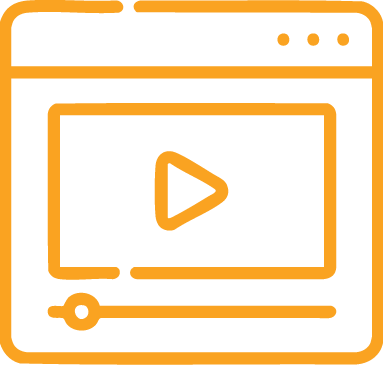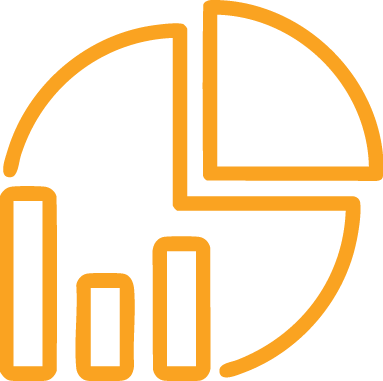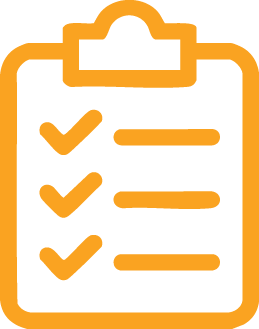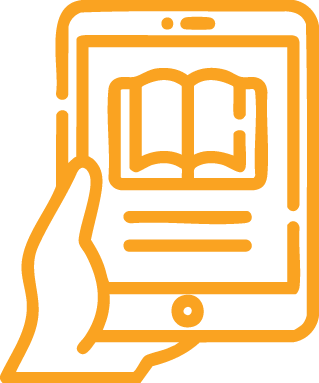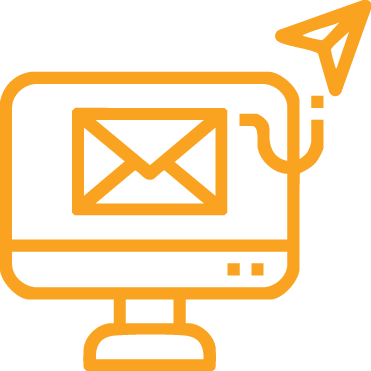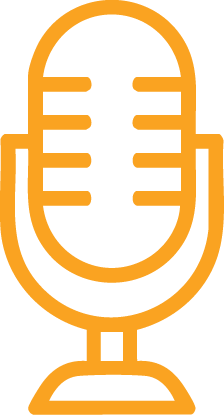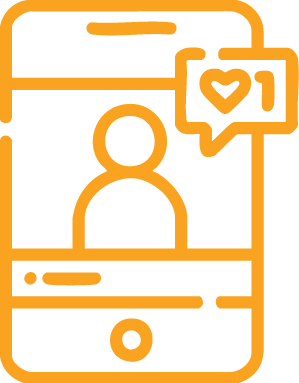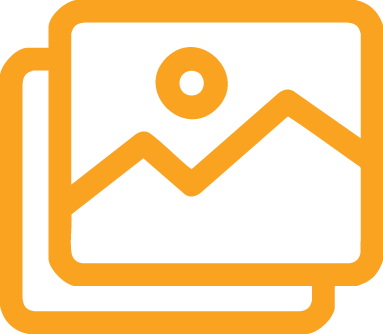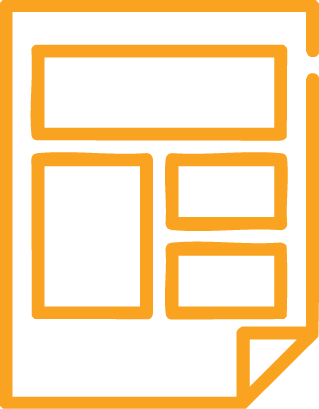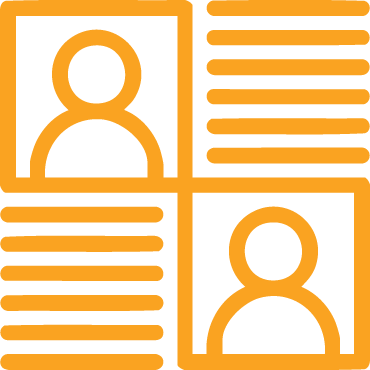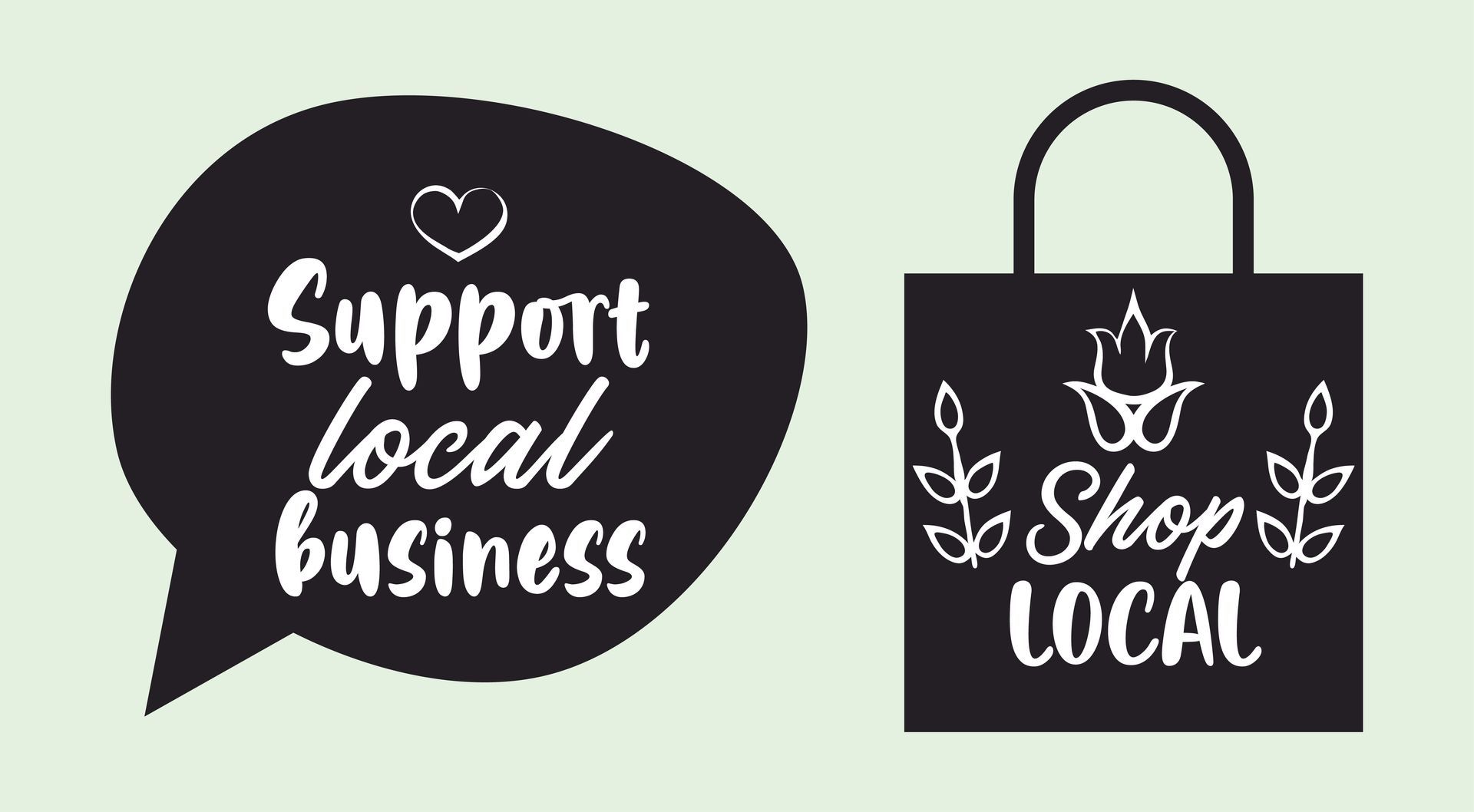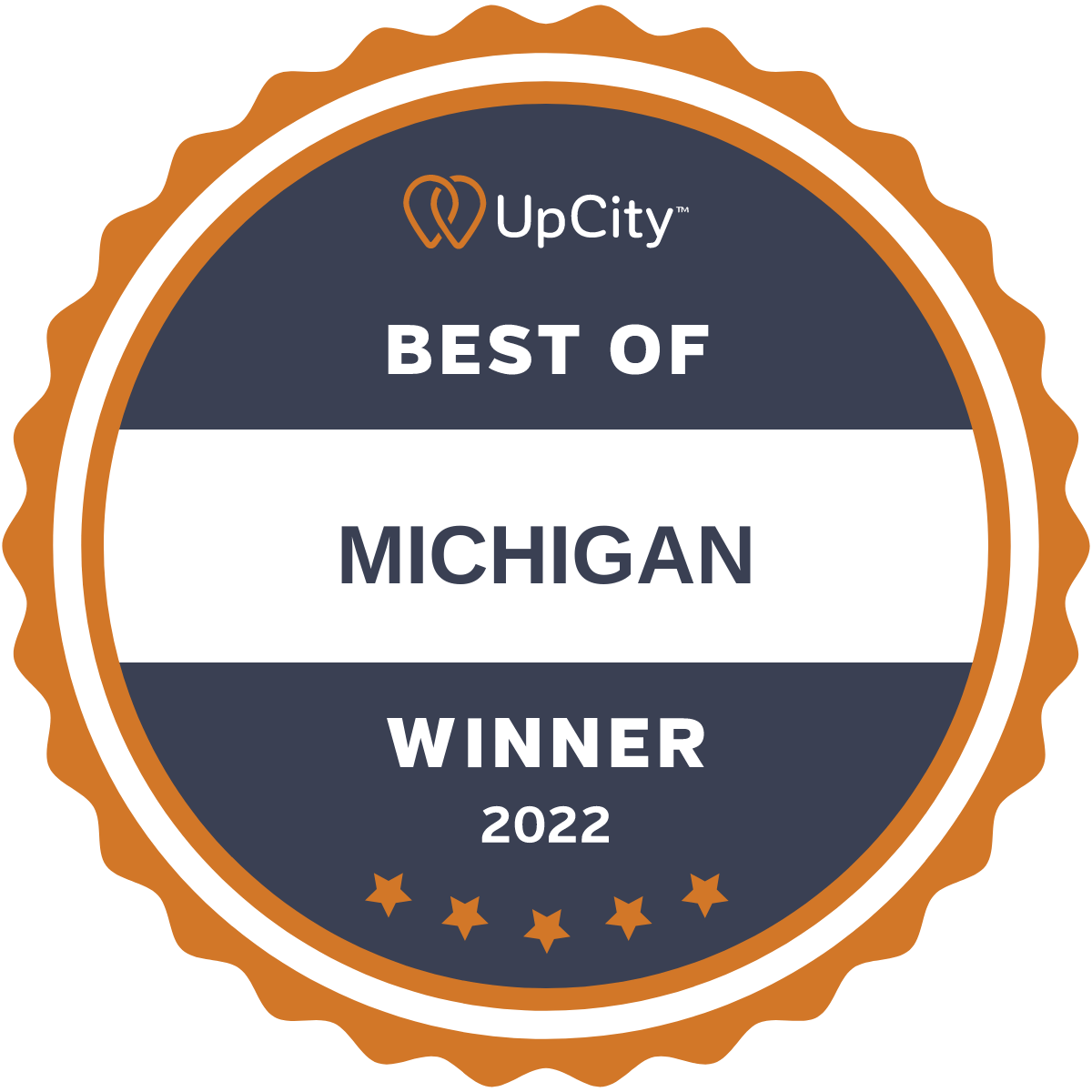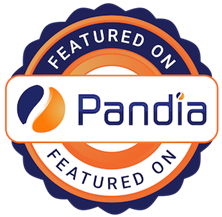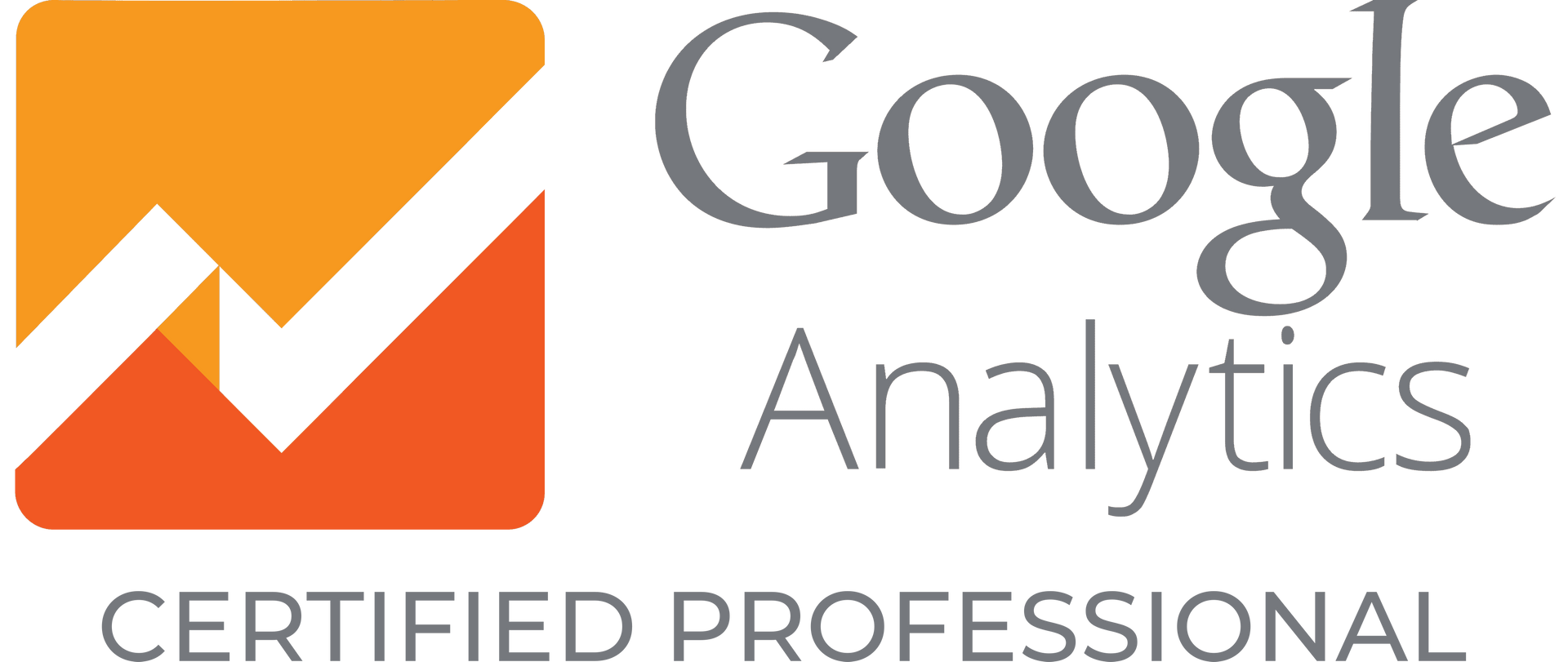1. Blog Posts/Articles
20 of the Best Types of Content for Service-Based Businesses (And How To Use Them)
Prefer to listen to this blog post?
There is no doubt about it: content is king, especially for service-based businesses. Unlike product-based companies that can showcase tangible goods, service businesses sell expertise, results, and trust.
Effective content marketing is crucial for building authority, attracting leads, and converting prospects into loyal clients. It allows you to demonstrate your value, educate your audience, and establish yourself as a leader in your field.
Creating a diverse content strategy ensures you reach your target audience across various platforms and through different consumption preferences.
From written articles to engaging videos, each content type serves a unique purpose in your marketing funnel. Today’s writing explores twenty of the best types of content for service-based businesses and provides practical advice on how to leverage each one to grow your enterprise.
Maximize the impact of your content with the help of an SEO agency today. Schedule a Call with Speck Designs.
What they are:
Written pieces published on your website, covering topics relevant to your industry and your clients' needs. They can be educational, informative, or opinion-based.
How to use them:
Blog posts are the cornerstone of content marketing. They help improve your search engine rankings by targeting relevant keywords, establishing your expertise, and providing valuable information to your audience. Regularly publish articles that answer common questions, explain complex concepts, or discuss industry trends. For example, a financial advisor could write "5 Essential Steps to Planning for Retirement," or a marketing agency could publish "Understanding SEO: A Beginner's Guide."
What they are:
In-depth analyses of how your service helped a specific client achieve a positive outcome. They typically include the client's challenge, your solution, and the measurable results.
How to use them:
Case studies are powerful testimonials that demonstrate your capabilities with real-world evidence. They build credibility and trust by showing potential clients exactly how you deliver results. Feature diverse clients and highlight different aspects of your service. A web design agency might showcase a case study on how their redesign increased a client's website conversions by 30%.
What they are:
Direct quotes or short videos from satisfied clients endorsing your services.
How to use them:
Social proof is incredibly influential. Display testimonials prominently on your website, service pages, and in marketing materials. Encourage clients to leave reviews on platforms like Google My Business, Yelp, or industry-specific review sites. A personal trainer could feature a video testimonial from a client who achieved their fitness goals with their guidance.
What they are:
Step-by-step instructions that teach your audience how to perform a specific task related to your expertise.
How to use them:
These guides position you as a helpful expert. They attract users searching for solutions to specific problems. A digital marketing consultant could create a guide on "How to Set Up Your First Google Ads Campaign," or a home organizer could offer "A Step-by-Step Guide to Decluttering Your Kitchen."
What they are:
A compilation of common questions your clients or prospects ask, along with clear, concise answers.
How to use them:
An FAQ page or section helps address common concerns upfront, saving time for both you and your potential clients. It also improves your website's SEO by answering specific questions that people search for. Regularly update your FAQs based on new client inquiries.
What they are:
Dedicated pages on your website that thoroughly describe each service you offer, including benefits, process, and target audience.
How to use them:
While not content in the traditional blog sense, detailed service pages are critical. They must clearly articulate what you do, for whom, and why it matters. Use compelling language, bullet points, and calls to action. Don't just list services; explain the value proposition of each.
What they are:
Pages that tell the story of your business, its mission, values, and the people behind the services.
How to use them:
These pages help build rapport and trust by humanizing your brand. People want to work with people they like and trust. Share your journey, your philosophy, and introduce your team members with professional photos and brief bios. This helps clients connect with your brand on a personal level.
What they are:
Similar to case studies but often shorter and more focused on the client's journey and their positive experience working with you rather than just the technical solution.
How to use them:
These are excellent for social media or short blog posts. They celebrate your clients' achievements and subtly highlight your role in their success. A business coach could feature a client's growth story, emphasizing the milestones achieved through their coaching.
What they are:
Live or pre-recorded online presentations where you share your expertise, teach a skill, or discuss an industry topic.
How to use them:
Webinars are fantastic for lead generation and establishing authority. They allow for direct interaction with your audience and can be repurposed into other content forms (e.g., recordings, blog posts, snippets). A financial planner might host a webinar on "Navigating the New Tax Laws."
What they are:
Short videos that explain your services, offer quick tips, or provide behind-the-scenes glimpses of your business.
How to use them:
Video is highly engaging and can convey complex information quickly. Use explainer videos on your homepage or service pages to introduce your offerings. Create short vlogs for social media to share insights, answer questions, or show your personality. A digital marketing agency could create a short video explaining the benefits of a strong content strategy.
What they are:
Visual representations of data, information, or processes, combining text, images, and charts.
How to use them:
Infographics are highly shareable and excellent for breaking down complex information into an easily digestible format. They are great for social media and can drive traffic back to your website. A cybersecurity firm could create an infographic illustrating common online threats and how to avoid them.
What they are:
Printable or downloadable resources that help your audience follow a process, organize information, or plan a task.
How to use them:
These are valuable lead magnets. Offer them in exchange for an email address to build your subscriber list. A productivity consultant might offer a "Daily Task Prioritization Checklist," or a graphic designer could provide a "Brand Identity Checklist for Startups."
What they are:
Longer, more in-depth pieces of content that delve deeply into a specific topic, offering comprehensive insights and solutions.
How to use them:
Ebooks and white papers position you as a thought leader and are excellent for capturing high-quality leads. Offer them as premium content downloads on your website. A legal firm could publish a white paper on "Understanding Intellectual Property Rights for Small Businesses."
What they are:
Regular emails sent to your subscribers, containing updates, valuable content, promotions, and calls to action.
How to use them:
Email marketing is a direct line to your audience. Use newsletters to nurture leads, announce new services, share your latest blog posts, and maintain engagement with past clients. Provide exclusive tips or offers to your subscribers.
What they are:
Audio programs where you discuss industry topics, interview experts, or share insights related to your services.
How to use them:
Podcasts are gaining immense popularity, allowing businesses to reach an audience that prefers audio content. They build a strong connection with listeners and establish their authority. A business coach could host a podcast featuring interviews with successful entrepreneurs.
What they are:
Short, digestible pieces of content shared on platforms like LinkedIn, Facebook, Instagram, or X.
How to use them:
Social media is essential for brand awareness and community building. Share quick tips, industry news, behind-the-scenes glimpses, and engage with your audience through questions and polls. Tailor content to each platform's strengths. A social media manager could post daily tips on improving Instagram engagement.
What they are:
Visual comparisons showcasing the transformation or improvement achieved through your services.
How to use them:
This content type is incredibly effective for visually driven services. It provides tangible proof of your impact. A professional organizer could show a cluttered room transformed into an organized space, or a landscape designer could display a barren yard turned into a beautiful garden.
What they are:
Content that discusses recent developments, emerging trends, or significant news within your industry and offers your expert perspective.
How to use them:
This demonstrates that you are current and knowledgeable about your field. It positions you as a valuable source of information. A technology consultant could write about the implications of the latest AI advancements for small businesses.
What they are:
Customizable documents, frameworks, or curated collections of useful links and tools related to your services.
How to use them:
These are highly practical and valuable resources that can serve as excellent lead magnets or added value for existing clients. A marketing agency might offer a "Social Media Content Calendar Template," or a legal service could provide a "Basic Contract Template."
What they are:
Content you write for other reputable websites in your industry (guest posts) or joint projects with other businesses (collaborations).
How to use them:
Guest posting expands your reach to new audiences and builds valuable backlinks, improving your SEO. Collaborations can lead to cross-promotion and new business opportunities. A financial advisor could write a guest post for a popular personal finance blog, or a web developer could collaborate with a graphic designer on a joint project.
Key Takeaways
Developing a robust content strategy is not a one-time task; it's an ongoing commitment. By consistently creating and distributing a diverse range of valuable content, service-based businesses can build authority, attract qualified leads, nurture relationships, and ultimately drive sustainable growth. Focus on understanding your audience's needs and providing solutions, and your content will become your most powerful marketing asset. Experiment with different formats, analyze your results, and adapt your strategy to continually improve your reach and impact.


